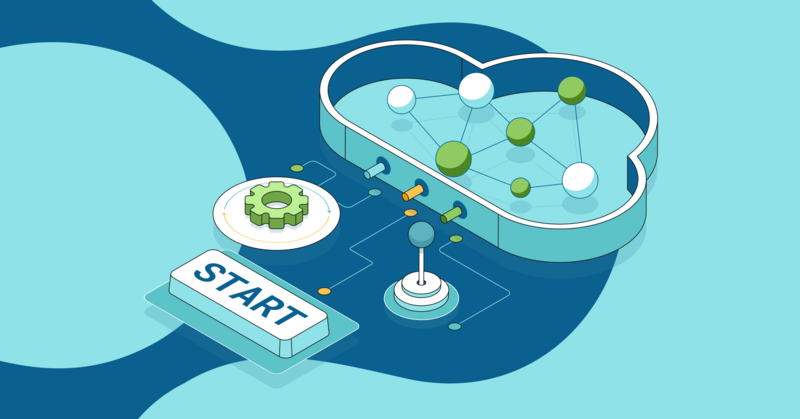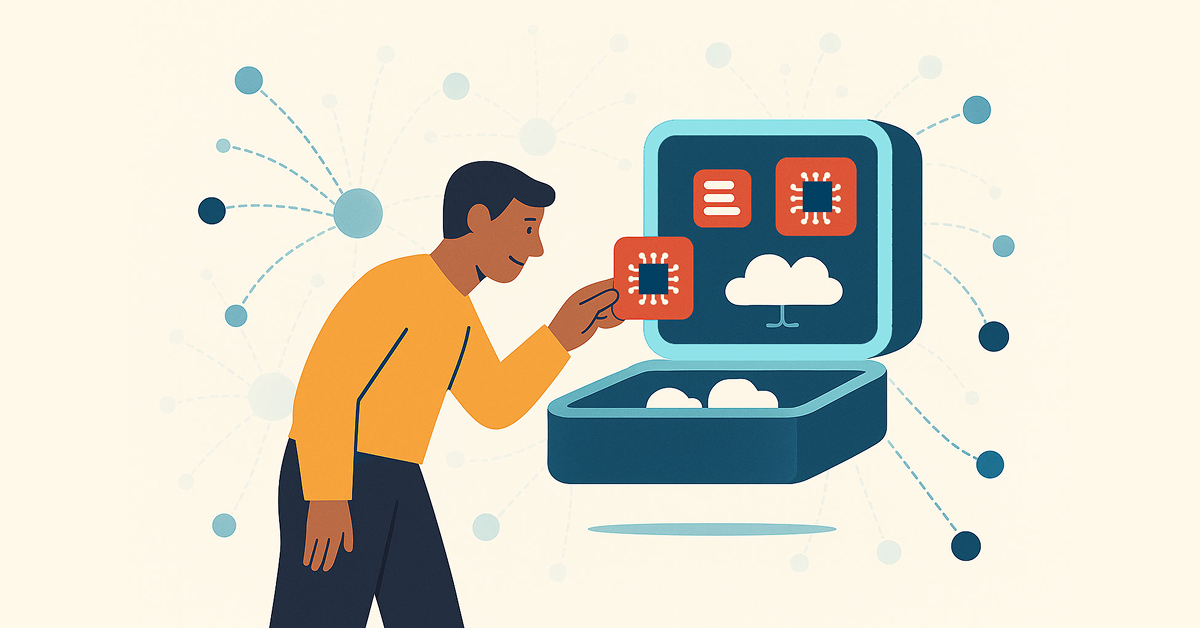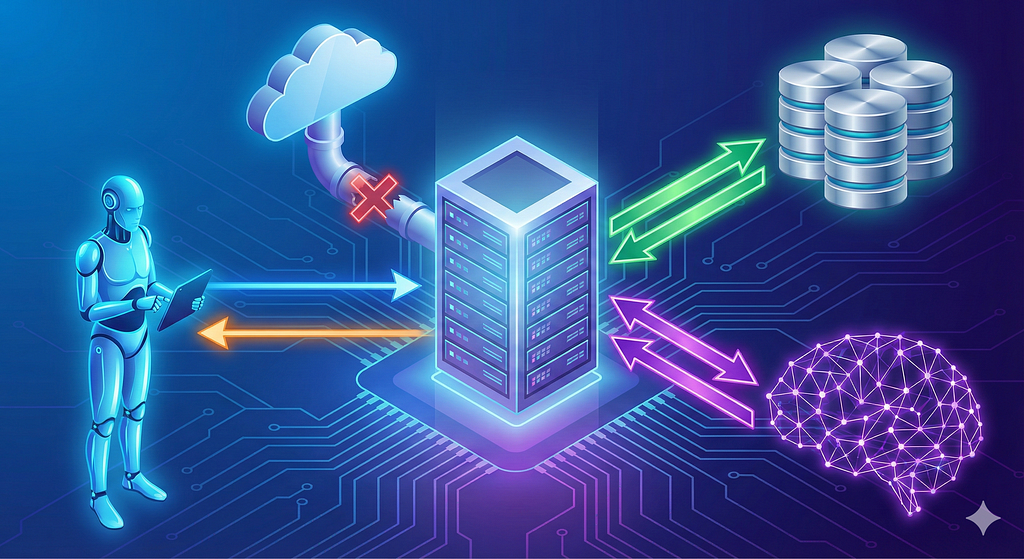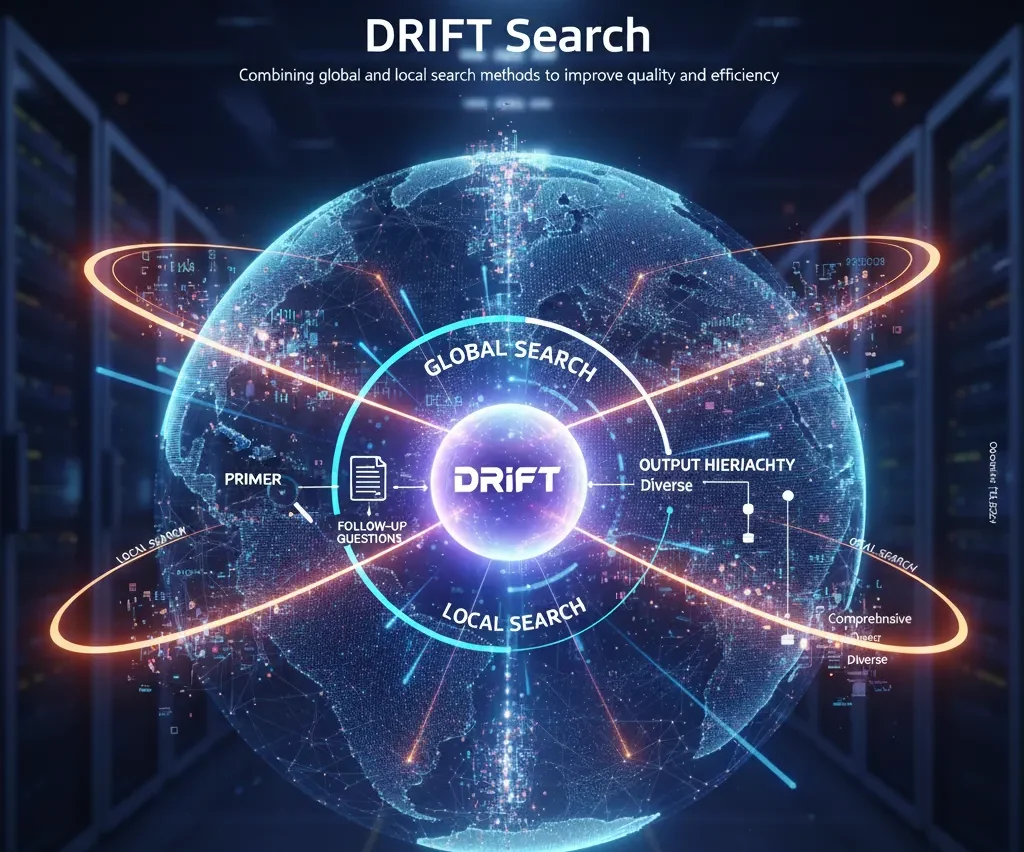Relationships Mean Retention: The 5-Minute Interview with Realogy’s Neerav Vyas

Product Marketing Manager, Neo4j
4 min read
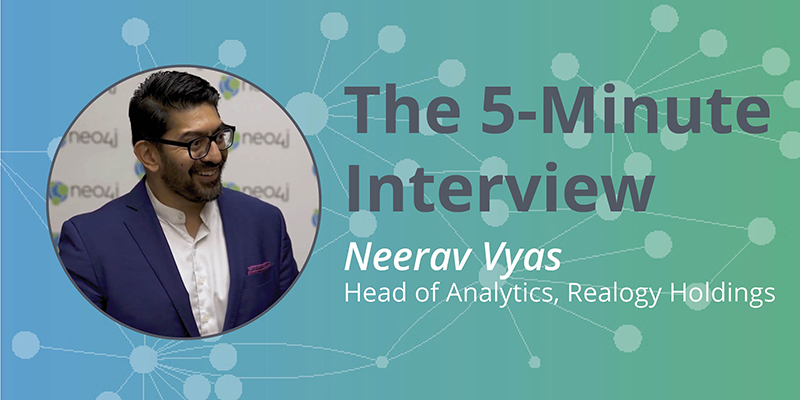
“Neo4j really helps us to truly understand the ecosystem and get a human-centered view of our business,”
said Neerav Vyas, Head of Analytics at Realogy Holdings.
Realogy Holdings, the world’s largest real estate company, benefits from using Neo4j in a number of ways, from customer transactions that happen across multiple channels, to relationships and referrals among the agents themselves.
In this week’s five-minute interview (conducted at GraphTour NYC 2019) we speak with Neerav Vyas, Head of Analytics at Realogy, about how the real estate world benefits from utilizing graph technology.
How does Realogy use Neo4j?
We have a number of different use cases for Neo4j.
Fundamentally, we have customer transactions that happen across multiple channels, websites, in person with our agents as well as a number of different events that are occurring. People buy or sell a home, they change the price on the home or the listings, and then there’s the transactional component with the agent themselves. Who did you use, how did you buy, and did you use them for the list side or the buy side? We use Neo4j to get a full and holistic understanding of our customer ecosystem that goes from B2B2C.
Neo4j really helps us to truly understand the ecosystem and get a human-centered view of our business, our operations and how we’re interacting with our clients to our customers, be that our agents or brokers or be that the end consumer who’s buying or selling a home.
What has been the most interesting result you’ve seen with Neo4j?
First and foremost is that we found that the relationships between our agents and other agents and their network, including the people they do deals with – and how often they do those deals – is a very strong connective tissue that’s stopping them from leaving the company.
The more relationships you have, the less likely you are to leave the company. At the same point in time, we were closing a bunch of different offices, and when we close offices, the relationships decrease. That was a really interesting insight for us. We want to build and foster these relationships and communities to stop our agents from leaving, but at the same time we’re doing things operationally that might make that situation worse.
So should we stop closing offices, or what other operational activities could we undertake to help foster a stronger community? That’s an area where we took an insight that came out of the graph and actually used it to inform our operations and change the strategy that the organization was taking.
Why did you choose Neo4j?
I’ve used Neo4j for a number of different clients across industries and across experiences.
So in part I chose Neo4j because I had a familiarity with it and with Cypher. I knew that it was easy and that Neo4j is an industry standard, so that’s one reason.
But I think, again, there are more factors like having knowledgeable resources and materials, a lot of support from the community and a UI that’s easy to work with. Those three components are why increasingly over the past few years we’ve gravitated toward Neo4j.
And the kicker was the relationship between Databricks and Spark that was announced this year, that just added to the momentum. That said, this is going to be a scalable solution for us moving forward.

What advice do you have for someone getting started with Neo4j?
There’s a very strong tendency to have a “one graph to rule them all” mentality. I think that that’s the wrong way to go about it.
I do think that we prioritize our use cases based on whether the graph that we built could serve lots of different use cases. That is absolutely true and has been tremendously valuable.
But then, even then, I keep pushing the team and saying, “I’m going to ask you to do too much. I’m going to ask you to throw the kitchen sink in. When I do that, you need to say no.”
That’s the advice that I would give: recognize that you may have to create new data models and different solutions. The underlying technology will stay the same and maybe it will inform the way that you build your other use cases, but try not to do everything at once, even though it’s very tempting.
What does the future hold for graph technology?
I think it’s twofold.
I think that a lot of the folks run graph as connective tissue across data, across different parts of the enterprise and that makes that life easier, which is incredibly valuable.
I think the next step, as we think about AI and machine learning, is that feature engineering is the way to drive performance in algorithms. I think that there’s still a lot more education needed about how to take an insight from the graph and turn that into features that then power algorithms or AI solutions. And that could be with native graph algorithms, it could be with algorithms outside the box.
So I really think the future is going to be moving more and more to using graph as a standard practice to accelerate innovation through machine learning and artificial intelligence.
Want to share about your Neo4j project in a future 5-Minute Interview? Drop us a line at content@neo4j.com



